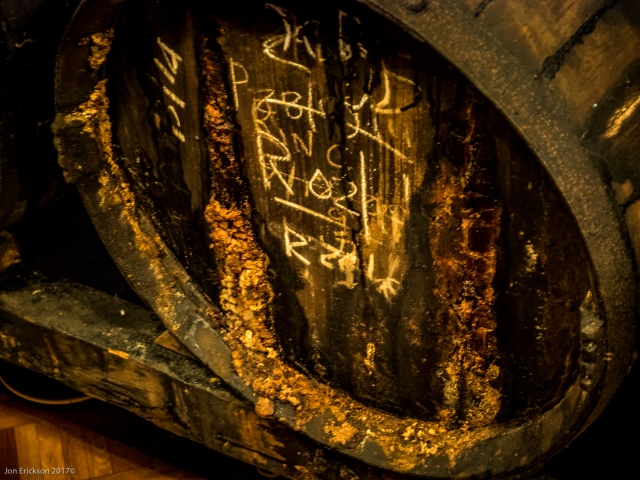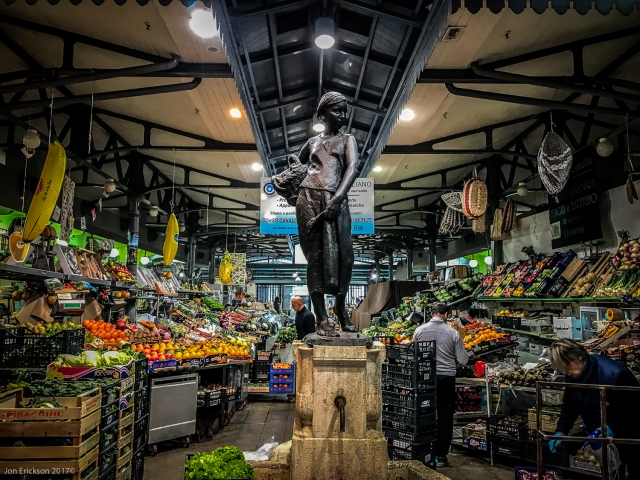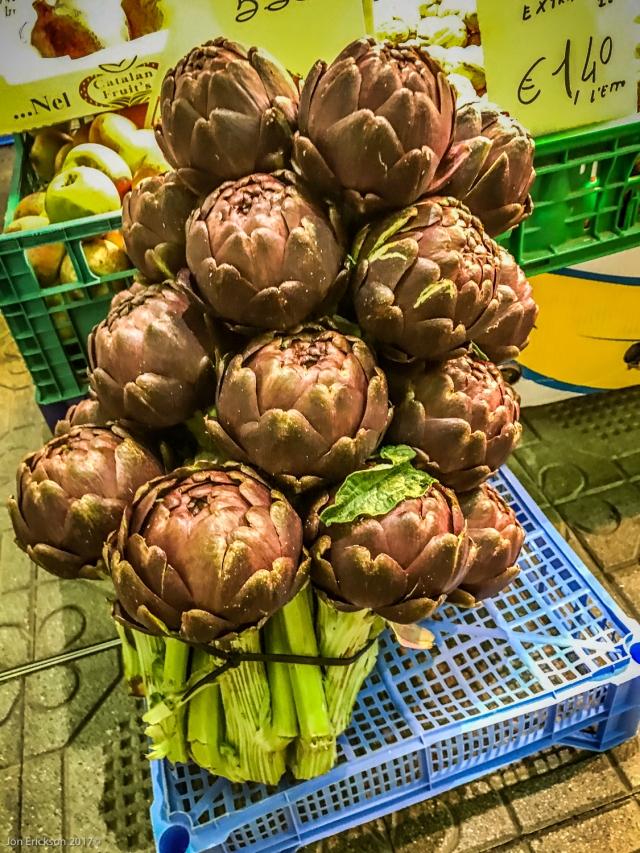We have installed and use the wood burning oven from Le Panyol, located at 2 Route de Larnage 26600 Tain L’Hermitage, France – +33 (0)4 75 08 96 50. These recommendations are based one my experiences of using both the Le Panyol and the Mugnaini wood burning ovens.
A Le Panyol oven is quick and economical to heat.
It takes 4 to 8 kg (8 ½ to 17 ½ pounds) of wood to reach a temperature close to 400°C in approximately 1hr30 of combustion.
The shape of the dome and the size of the opening mean that the air penetrates the lower part of the entrance and circulates naturally to provide perfect combustion while the smoke is evacuated via the upper part and the hood.
The heat is accumulated in the large volume of heat-resistant terracotta and the output is maximized by the shape and thickness of the parts.
Once up to temperature, the Le Panyol oven restores the accumulated heat very slowly by radiation.
Firing Procedures
Properly firing your oven will be the single most important step towards your cooking success. No matter how great a chef you are or how delicious your recipes are; if you don’t fully heat your oven it will cause a fluctuation in temperature that will show up as inconsistencies in cooking your menu items.
Spend the hour or hour and a half and fully saturate the oven floor and crown elements with heat and establish a bed of coals. After that you will adjust the flame pattern (by adding more or less wood) to regulate and maintain your oven temperature.
Tools and technique: By obtaining the recommended tools and following the firing procedure for your Le Panyol you are sure to have proper balanced heat for hours of cooking and entertaining enjoyment.
Step One: THE CENTER BURN (about 20 minutes)
Objective: to establish a large bed of coals, which will then ignite all the hardwood going forward.
1. Remove oven door and leave it off for the duration of the firing procedure. Start in the front center of the oven within arms reach. Place two to three firestarter cubes lengthwise on the oven floor spaced between two substantial (approximately 1.25” x 2” x 16″) pieces of kindling. The kindling needs to be large enough to elevate the wood pile, allowing for oxygen to reach the fire. Use small logs if necessary. Place three substantial pieces of kindling across, perpendicular to the first two pieces of kindling.
2. Place two small hardwood logs across, perpendicular to, the three pieces of kindling and top with one or two more small hardwood logs, depending on the size of your oven. Use this crossing pattern so that the air can circulate through the wood.
3. Light the firestarters with a match, the kindling will begin to ignite.
4. Place one piece of kindling across the front of the wood pile and with your long handled utility hook or metal peel push the entire pile into the middle of the oven floor. The fire should be just back of the center of the oven.
Within 8-10 minutes you should see large flames burning straight up hitting the ceiling of the oven. The flames should hit the top of the dome and cascade to the sides. If the flames are being pulled forward by the flue push the fire back another 1-2 inches.
NOTE: this flame position is important because flames being pulled towards the front of the oven means heat is being lost up the chimney pipe and not be absorbed into the oven components and it will take you much longer to heat your oven. If the fire is not burning well after 8-10 minutes add a few more pieces of kindling or very small logs. Resist the urge to load this initial fire with more large logs, as you do not yet have a coal bed to ignite the hard wood. The larger wood will not ignite and subsequently smolder and produce smoke.
5. Maintain the fire, checking it frequently and add more kindling or small logs to keep the flames hitting the ceiling. You will need to continue burning the fire in this manner until you see a 6-8” white spot on the dome above the fire. This will be your indicator to move onto the next step.
Step Two: THE PERIMETER BURN (30–45 minutes)
Objective: to preheat the cooking side of the oven
1. At this point you need to decide which side of the oven you will eventually cook on, either right or left side, and focus on heating this side first. (Do not worry about heating the opposite side as it will heat up quickly once all the coals are banked).
2. Using your long handle metal peel or the ash scraper, push the coals from the center of the oven to the perimeter of the cooking side of the oven, about 3-5 inches from the walls of the dome. (It is important to leave a little space between the fire and the walls so you do not suffocate the fire). The final goal is to line 2/3 of the oven perimeter with coals. Leave the center of the oven open and clear.
3. Add kindling and more logs to the fire along the perimeter. Most ovens will require 3-4 pieces of wood to cover the 2/3 of the oven’s perimeter. Elevate the logs by leaning them on each other to overlap to ensure plenty of airflow. You may however need to add another fire starter if you loose the flames.
4. Within a few minutes the logs in the perimeter burn should ignite and burn well with flames rolling up and filling the dome. Keep this large preheat flame burning well (you may need to add more kindling and logs) until you have burned the black carbon off of the dome on that side of the oven. The opposite side of the oven will remain black for now.
DO NOT OVER FIRE THE OVEN. IF FLAMES ARE REACHING THE OVEN FLUE (RIGHT BEHIND THE ARCH) YOU ARE OVER FIRING THE OVEN. Put the door on to dampen the flame and back off quantity of wood used.
“Le Panyol” tip: Pyrolysis is complete when the whole inside of the oven has turned white.
At this point the oven has built up enough energy for several hours of cooking.
Step Three: BANKING THE FIRE (10 minutes)
Objective: to position the fire for cooking
I recommend banking the fire to the side of the oven—about one arms length in from the opening—not to the back of the oven. Remember, wherever you place this hot bed of coals that will be the hottest part of the oven and the food will cook in relation to this. It is easier to see and manage the cooking, especially pizza with the fire on the side. If you bank the fire to the back of the oven the food will brown to the rear, which is difficult to see and quickly manage.
1. Using your long handled metal peel of ash scraper push all of the coals to the opposite side of the oven. (Do not use your floor brush to move the live coals and logs as you will burn the wooden backing and melt the brash bristles). Add additional wood to maintain the preheat flame and burn the remaining black carbon off of the dome.
2. Use the floor brush to sweep any ash from the cooking floor into the fire. Be sure to sweep well around the oven perimeter and towards the front arch opening.
Congratulations…you are now ready to start cooking!
A well-preheated oven should have a dome void of black, a bed of coals and one to two logs burning. Remember to add wood during cooking as the flame will maintain your deck temperature – more wood/large fame to maintain the pizza environment, moderate amount of wood/vertical flame to maintain the roasting environment.
For more information about the Le Panyol ovens, click here.

Starting the fire using the first step of building a fire.

During this stage you will establish a large bed of coals over a 20 minute period.





































Recent Comments